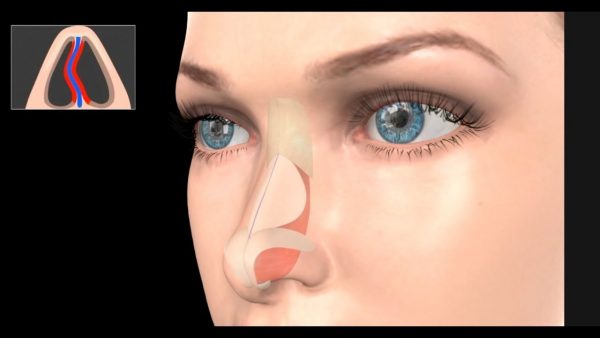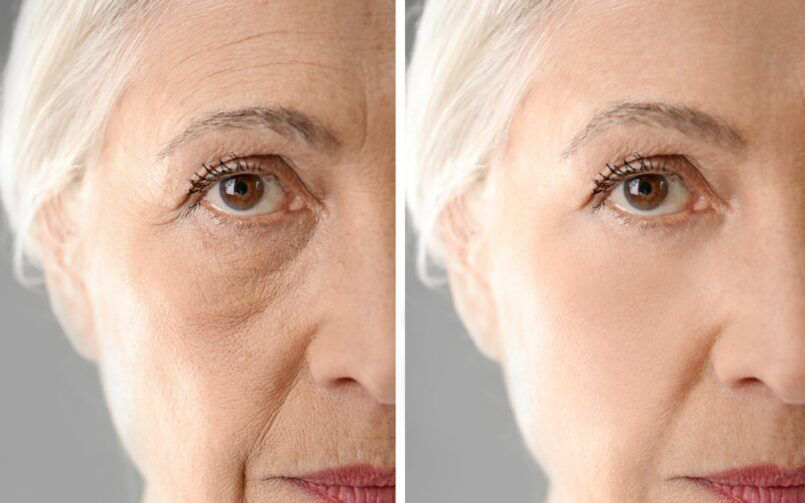
2 min to read
Jan 10, 2024
421
Sculpt Body Shaping refers to a range of non-invasive cosmetic procedures and fitness techniques designed to alter the body's appearance, targeting fat reduction, muscle enhancement, and skin tightening.

I have encountered questions about rhinoplasty many times:
And more questions like these. I will try to explain the nose job and its types, here:
Rhinoplasty (RIE-no-plas-tee) is a surgical procedure performed by plastic and ENT surgeons to change the shape of the nose. It may be to change the nose appearance or breathing improvement or both.
The upper part of the nose structure is bone, and the lower part is cartilage. A plastic surgeon performs to change bone, cartilage, skin, or mostly all of them. The surgeon will advise you if rhinoplasty is right for you or not. If yes, what you can achieve through a nose job considering your facial profile and skin type?

Your nose style shapes your overall looks; in fact, the nose is the central feature of everybody’s face. That’s why many people like to have a better-shaped nose and undergo a nose job (technically called rhinoplasty) to change their nose size, shape, and proportion.
A nose job could be done purely for cosmetic reasons like size reduction; that’s why it is also called nose reshaping or addressing some health issues.
Some people have breathing problems because of the deformity and disfigurements resulting from birth defects or trauma. Nose surgery is a type of plastic and cosmetic procedure to address these health issues, just like concerns about its shape and beauty like removing bridge bumps, adjusting nostril shape, and reshaping the nose tip. You can decide about your nose job by consulting a good plastic or ENT surgeon.

Open and closed nose jobs are two similar rhinoplasty procedure types with a small difference:
An open nose job includes a cut (incision) at the columella (soft tissue between the nostrils) while the surgeon performs a closed method through the nostrils. So, there won’t remain any scars on your nose because incisions occur inside the nostrils.
A small but essential difference between these two methods is that closed rhinoplasty is faster and takes less surgery than open rhinoplasty.
Also, there will be less swelling during recovery. On the other hand, the open rhinoplasty technique is more precise and used for more complicated cases (which we call difficult noses).
Based on the patient’s situation, expectations, and some other factors, the surgeon decides to perform rhinoplasty via which technique.
And in the next 6 to 8 weeks, avoid extensive workouts at.

In the initial consultation with the surgeon, you should talk about your reasons to want the operation and the results you expect. After evaluating your face, nose, and other features of your appearance, the surgeon will tell you whether your expectations are realistic or not.
The surgeon will discuss with you about risks and recovery time, based on your overall health. After reviewing methods and costs, you should decide whether you want to go ahead with the surgery. After your approval, the surgeon will accurately describe the procedure to you.
Nose surgery is an outpatient procedure (The surgeon will dismiss you after 2 to 4 hours of resting in the clinic); in some cases, a night of hospitalization (overnight stay) is required. You’ll sleep through the operation (general anesthesia), but in some rare cases, local anesthesia is enough; in these cases, your nose will be numbed so that you won’t feel the pain.
Read more about nose job procedures and aftercare here: A nose job procedure
You have to take some tests before going under general anesthesia which your surgeon will write the exact prescription for you, some of these tests are:
1- Blood test
2- X-ray and MRI
3- 3D modeling of the result
The typical steps of nose surgery are these:
After the operation, there may be bruising and swelling on your face, mostly around your nose and eyes. They begin to fade away in two or three days, and they will last up to 14 days maximum.
These swellings and bruising are normal, and you will heal gradually; It’s better to use ice packs for at least 72 hours after your surgery; ice packs could help a lot with these swellings.
You must wear a splint on your nose for a week (some surgeons do not use it) until a post-operation session with your surgeon.
There will be some inconvenience and pain in the recovery period; Do not worry, it is normal. Your surgeon will describe everything to you and will prescribe some painkillers to mitigate the pain.
It would help if you massaged the surgery area for a while. The surgery team will perform the first massages. Then your surgeon will give you instructions about how and when to massage the area.
You can see your nose shape after a month, and after six months or so, the final form of your nose will appear when the mild swellings on your nose go away completely.
Don’t be alarmed if you spot blood after removing nasal packs or the tampons, but in detecting an unusual amount of blood, call your surgeon immediately.
In summary:
After the nose surgery, there will be very slight changes to your nose structure, which can make a significant difference in your nose and overall looks. If your surgeon is an experienced one, and you have realistic expectations, you will be satisfied with your nose job results.
If your surgery results go wrong, you may need a revision rhinoplasty, so try to choose the right surgeon. If you need a revision rhinoplasty, you have to wait at least one year because of small changes that could happen to your nose shape during this time.
Try to get your rhinoplasty in Iran, so you do not need another nose job. Iranian cosmetic surgeons are the best plastic surgeons in the world.

2 min to read
Jan 10, 2024
421

2 min to read
Jan 8, 2024
396

2 min to read
Dec 23, 2023
456

2 min to read
Dec 16, 2023
442

2 min to read
Dec 9, 2023
458

2 min to read
Dec 6, 2023
464
